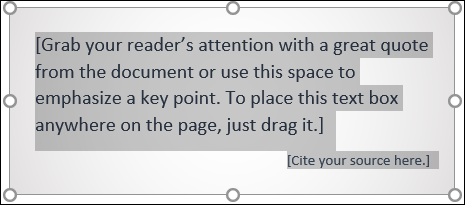

Because textboxes are a subset of shapes they will also be processed. To do this, you set the XML mapping for the content control. Word 2013 helps you to map the content of rich text content controls and document building block content controls to the XML data store. I know it can be done with many text box at a time, one after another, But I need help to do it agian. The following macro will step through every shape in the document and if a shape contains a textframe, extract the text and delete the shape. Support for XML mapping for rich text content controls. 2) I need that after filling up all the first text box, the data typed continues on the second text box. The above macros only process textboxes and not other shapes containing text. It would seem that your "pictures" are rectangles (or perhaps another shape such as a rectangle with rounded corners) containing textframes. However a rectangle to which a textframe has been subsequently added looks and acts the same but is not a textbox. You can then edit the text so that it appears as you want.Ī text box is a shape comprising a rectangle with a textframe and text. When this macro is done, you can do a search for "Textbox start" and you will be at the beginning of text that used to be in the text boxes that are now gone from your document. ' insert the textbox text before the range object ' copy text to string, without last paragraph mark If you prefer to transfer the text from the text boxes to the document, prior to deleting the text box, then a slight modification on the above macro will work: I have used Textboxes much more than I have Frames. For many users, the most important feature of Textboxes is that they can be linked.

In other words, if a text box is used for placement of text, then the text in that text box is deleted along with the text box itself. The most important advantages of Textboxes are (1) (beginning with Word 2010) Textboxes can be rotated with their text and (2) Textboxes can float in front of or behind text. You should realize that this macro removes all of the text boxes and their contents. The following macro will quickly remove all text boxes in your document: If you want to get rid of only the text boxes, then the quickest solution is to use a macro. (I told you this was a brute force method.) The obvious drawback to this approach is that the other formatting of the original document is also lost, and you must reformat the entire document. The document text, minus the text boxes, is now in the new document.


 0 kommentar(er)
0 kommentar(er)
